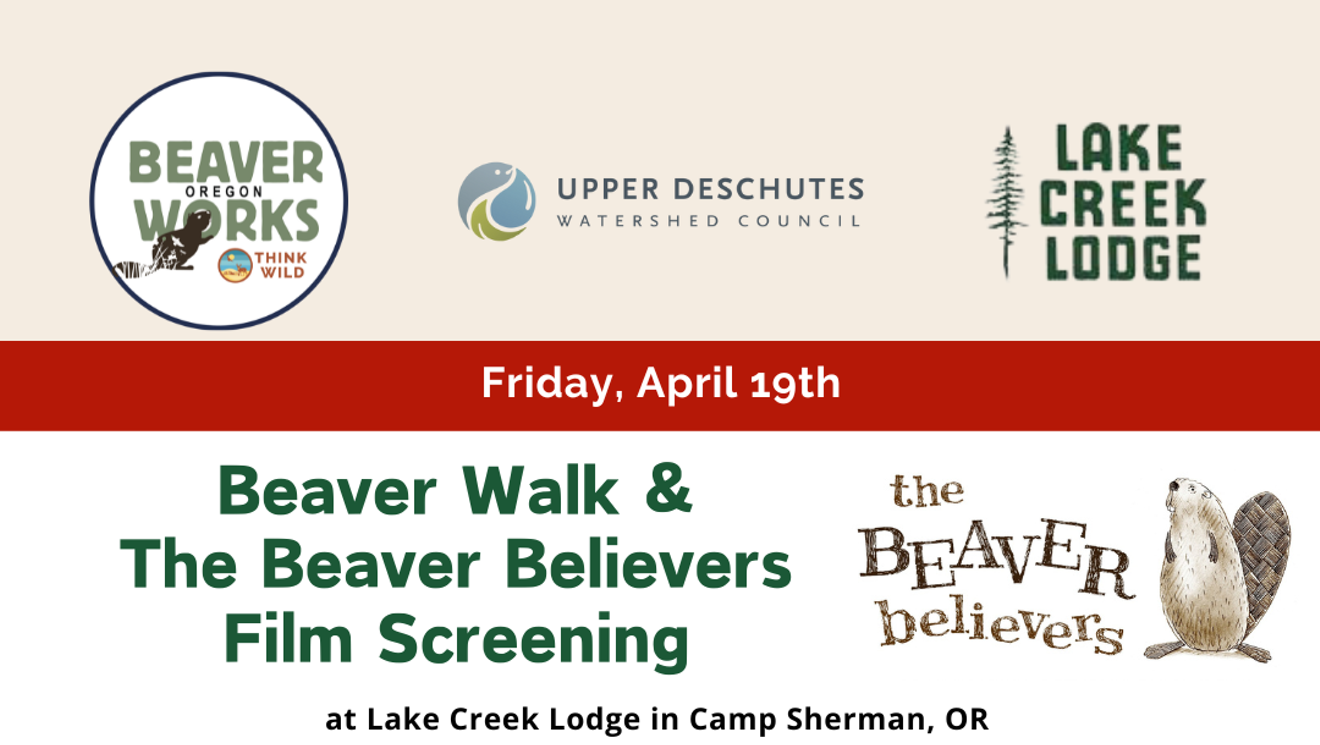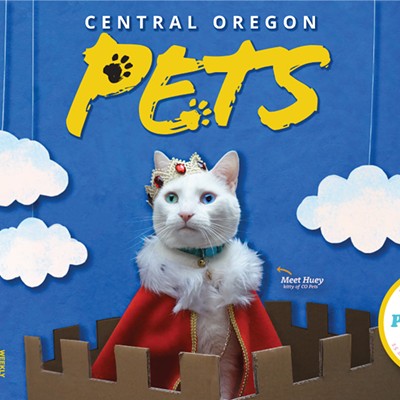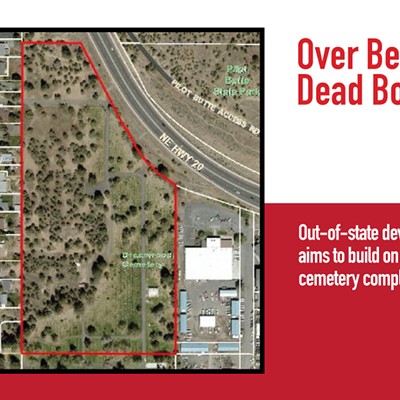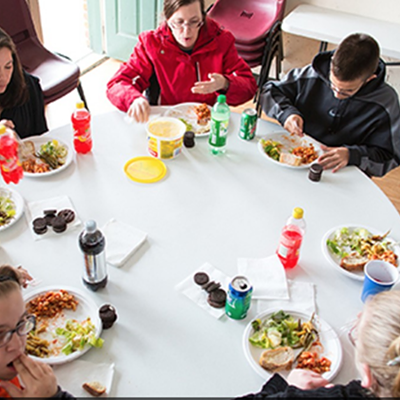Deep in the Cascade-Siskiyou National Monument of southern Oregon lies my favorite wildflower meadow. This summer I need to step carefully, to avoid the lush clumps of Jacob's Ladder blossoms and the delicate columbines, their blooms nodding in the breeze. I breathe in the scents of the wild: the spice of the conifers, the earthy aroma of the wet meadow itself.
And today, for the first time in all my visits, the breeze carries no whiff of cow. Today, the Cascade-Siskiyou National Monument is virtually cow-free.
Last April 15, a painstakingly negotiated deal between environmentalists and ranchers went into effect, retiring 46,345 acres of grazing leases inside the monument, as well as an additional 12,253 acres of grazing on adjacent public lands. Just under 94 percent of the national monument is now permanently closed to livestock grazing, and all the lease retirements occurred through voluntary buyouts, financed entirely by non-government funds raised by a local grassroots environmental group, the Soda Mountain Wilderness Council.
This is a watershed event in the history of the West. For the early settlers, all the dry and rocky country beyond the Great Plains was considered rangeland. Cows were turned loose everywhere: on the sagebrush flats of the Great Basin, the desert grasslands of the Southwest, the alpine meadows of the Rockies and Sierra Nevada, and the open pine forests of the inland plateaus and valleys. And everywhere the cows went, they fundamentally transformed the West.
Unlike native grazers such as elk and bison, cattle are riparian animals. They naturally cluster around rivers, streams, springs and wet meadows - anywhere they can find water. And in their clustering, their trampling of overhanging banks, their stripping of riparian vegetation, their wallowing and their defecating, cattle rapidly and profoundly degraded the hydrology of half a continent.
The deep gullies and arroyos that mark the Western landscape are not, for the most part, natural. They resulted from severe erosion and down-cutting - often to the bedrock - of streams that once meandered through wet meadows.
Away from the streams, cattle impacts have been just as severe. The arid plant communities west of the Great Plains did not evolve with heavy grazing pressure. Following the introduction of cattle and sheep, it took very little time before native perennial bunchgrasses were overgrazed and the full-scale invasion of the West by aliens like cheatgrass, medusahead and toadflax began. Most of the arid West represents marginal habitat for cattle, and even though public lands are leased for a pittance at $1.35/month for each cow/calf pair, lease-holding ranchers still struggle to make a living.
A staggering 260 million acres are leased for livestock production by the Bureau of Land Management and U.S. Forest Service, representing 92 percent of BLM and 69 percent of Forest Service land in the West. However, these public lands support only 1.4 percent of the cattle producers, and provide only 2 percent of the feed used by livestock in the United States. Never has so much land been sacrificed for the use of so few, producing so little benefit.
But let's leave the numbers behind. Walk yourself through a stretch of your local public land, where the cows are. Imagine it, if you can, cow-free. The damage may have been great, and the recovery will be slow. But this trail, now paved with cow dung and buzzing with flies, can be clean and quiet and scented only with wildflowers or sage. That stream, where the herd now stands in the sun-baked mud, could once again wander through a wet meadow, its trout-filled waters cool beneath the shade of clustering willows. That hillside, now skinned down to patches of compacted dirt and stubble, could once again be furred with bunchgrass and wildflowers.
The public lands of the West have far higher value as wildlife habitat, as the basis for our fragile water cycle, and as the last silent, open spaces on a crowded continent than as marginal pasture for cows. Lease by lease, district by district, we need to retire public lands grazing, so that one day, we'll be able to top any rise and look out across the broad land; healthy, whole, as it once was, as it should be: cow free. Here in southern Oregon, we've proven that it can be done.
Pepper Trail is a contributor to Writers on the Range, a service of High Country News (hcn.org). He is a biologist and writer in Ashland, Oregon.





















